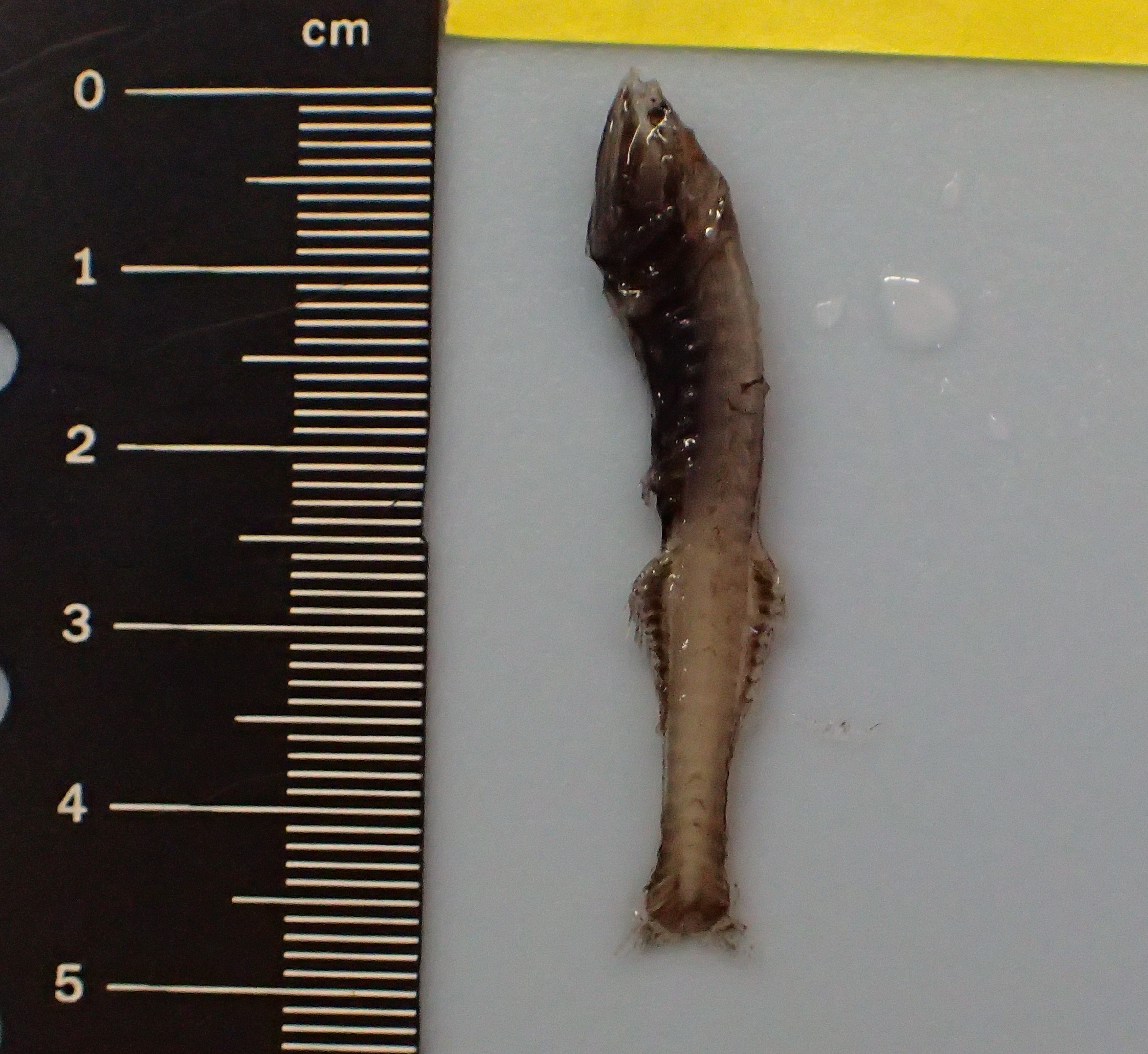|
Gonostomatidae
The Gonostomatidae are a family of mesopelagic marine fish, commonly named bristlemouths, lightfishes, or anglemouths. It is a relatively small family, containing only eight known genera and 32 species. However, bristlemouths make up for their lack of diversity with relative abundance, numbering in the hundreds of trillions to quadrillions. The genera ''Cyclothone'' (with 13 species) is thought to be one of the most abundant vertebrate genera in the world. The fossil record of this family dates back to the Miocene epoch. Living bristlemouths were discovered by William Beebe in the early 1930s and described by L. S. Berg in 1958. The fish are mostly found in the Atlantic, Indian, and Pacific Oceans, although the species ''Cyclothone microdon'' may be found in Arctic waters. They have elongated bodies from in length. They have a number of green or red light-producing photophores aligned along the undersides of their heads or bodies. Their chief common name, bristlemouth, comes ... [...More Info...] [...Related Items...] OR: [Wikipedia] [Google] [Baidu] |
Cyclothone Microdon
''Cyclothone'' is a genus containing 13 extant species of bioluminescent fish, commonly known as 'bristlemouths' or 'bristlefishes' due to their shared characteristic of sharp, bristle-like teeth. These fishes typically grow to around 1-3 inches, though some can be larger. They are most commonly found in the mesopelagic zone of the ocean, mostly at depths of over 300 meters (1,000 feet), and many species have bioluminescence. ''Cyclothone'' is believed to be the most abundant fish genus on Earth, with estimates that there are up to a quadrillion individuals (, or one million billion in the short scale). Their abundance is so large that they are also believed to be the most abundant genus of vertebrate on earth. Distribution and Habitat ''Cyclothone'' are found mostly in the open ocean at tropical to temperate latitudes. Within the water column, they reside in the mesopelagic zone (also sometimes called the Ocean Twilight Zone). ''Cyclothone'' fishes are found in the aphotic zon ... [...More Info...] [...Related Items...] OR: [Wikipedia] [Google] [Baidu] |
Cyclothone
''Cyclothone'' is a genus containing 13 extant species of bioluminescent fish, commonly known as 'bristlemouths' or 'bristlefishes' due to their shared characteristic of sharp, bristle-like teeth. These fishes typically grow to around 1-3 inches, though some can be larger. They are most commonly found in the mesopelagic zone of the ocean, mostly at depths of over 300 meters (1,000 feet), and many species have bioluminescence. ''Cyclothone'' is believed to be the most abundant fish genus on Earth, with estimates that there are up to a quadrillion individuals (, or one million billion in the short scale). Their abundance is so large that they are also believed to be the most abundant genus of vertebrate on earth. Distribution and Habitat ''Cyclothone'' are found mostly in the open ocean at tropical to temperate latitudes. Within the water column, they reside in the mesopelagic zone (also sometimes called the Ocean Twilight Zone). ''Cyclothone'' fishes are found in the aphotic zon ... [...More Info...] [...Related Items...] OR: [Wikipedia] [Google] [Baidu] |
Gonostoma
''Gonostoma'' is a genus of bristlemouths. Species There are three extant species recognized in this genus: * '' Gonostoma atlanticum'' Norman, 1930 (Atlantic fangjaw) * '' Gonostoma denudatum'' Rafinesque, 1810 * '' Gonostoma elongatum'' Günther, 1878 (Elongated bristlemouth fish) Moreover, there is the fossil species * '' Gonostoma dracula'' Grădianu ''et al.'', 2017 ''G. dracula'' lived in the Oligocene, in what is today Romania, and at the time of life was the Paratethys The Paratethys sea, Paratethys ocean, Paratethys realm or just Paratethys was a large shallow inland sea that stretched from the region north of the Alps over Central Europe to the Aral Sea in Central Asia. Paratethys was peculiar due to its pa ... sea. References Gonostomatidae Taxa named by Constantine Samuel Rafinesque Marine fish genera {{Stomiiformes-stub ... [...More Info...] [...Related Items...] OR: [Wikipedia] [Google] [Baidu] |

